The Analog DAC
MSB’s entry level DAC. Starting with two custom discrete ladder DAC modules.
*Discontinued. Accessories and Upgrades still available.*

Lets face it. What music lovers care about most is the natural aesthetic of reproduced sound.
Despite limited dynamics and distortion, analog sources are still loved and respected. Digital never met the challenge – until now.
a ‘reach-out-and-touch-it’ quality, creating the illusion of someone standing in front of me singing.
—Vade Forrester, The Absolute Sound, January 2014
With a DAC like the MSB, you get a sense of someone hitting Play on a big reel of wide-track analog tape, after being fed by live mikes in a room.
—Jon Iverson, Stereophile, April 2014
We started development with one focused goal: the name. The Analog DAC. Let’s take everything we know about digital audio and evaluate every characteristic of analog sound. Lets ignore all other features and requirements and make it as analog-specific as possible. Not only will it sound like how Analog should, but we’ll equip it with an Analog ethos—it will be simple to use.
Invisible LED Display
Machined right through the aluminum, more than 1000 small holes reveal a discrete LED display.
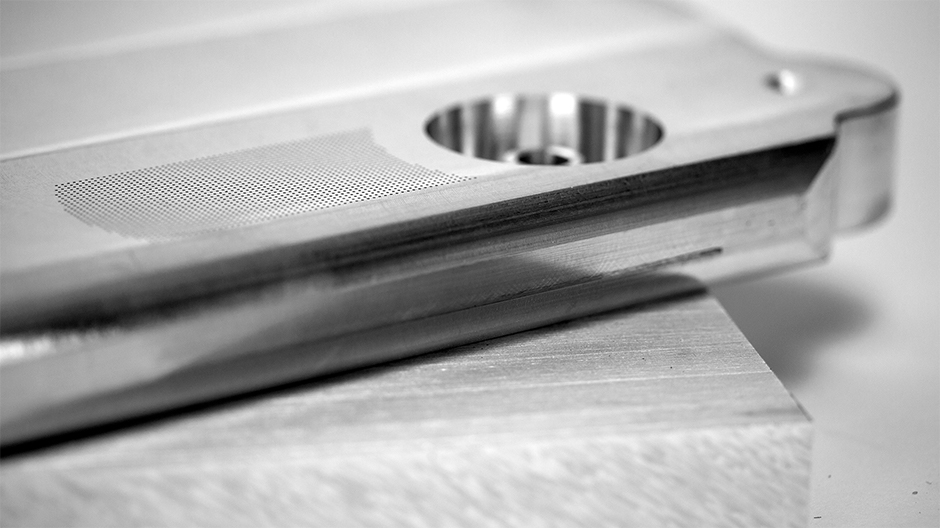
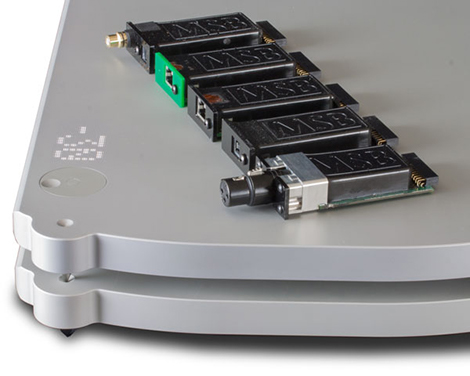
Modular inputs
In our numerous years of experience building DACs, we noticed the feature that changed most was the input formats. The Analog DAC has adapted a revolutionary concept. We’ve equipped it with three high resolution I2S input bays. Input modules such as USB, MSB ProI2S, Network Renderer, standard AES/EBU, and S/PDIF inputs can be selected by you and plugged in as needed. You can mix and match, and change inputs as new formats are developed.
MQA
MSB’s new generation USB input module isolates and improves the USB process for all formats as never before. This new module adds MQA hardware decoding for the ultimate in MQA performance. It is also firmware updateable for future improvements and formats.
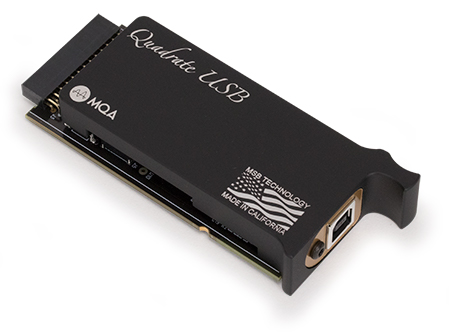
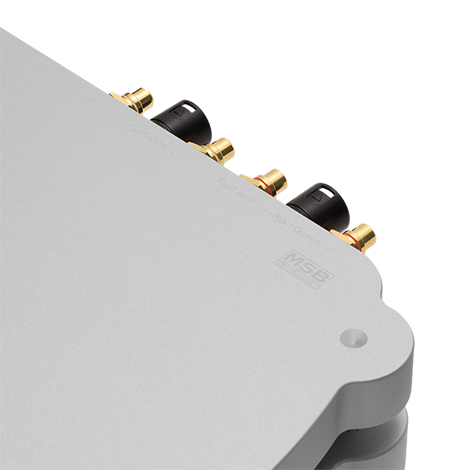
Analog I/O
The Analog DAC comes standard with an Analog pass through. If the volume control option is purchased, this can be used to replace a preamp from the system.The Analog volume control is a stepped attenuation design.The DAC has two output options, Single-Ended RCA or XLR outputs.
Unibody chassis design
American manufacturing. In house CNC chassis. Beautiful anodized finishes.
Individual pockets are milled from a solid aluminum plate and the DAC components are encapsulated into the plate for perfect temperature uniformity and long life, as well as unprecedented isolation between digital noise and analog music.
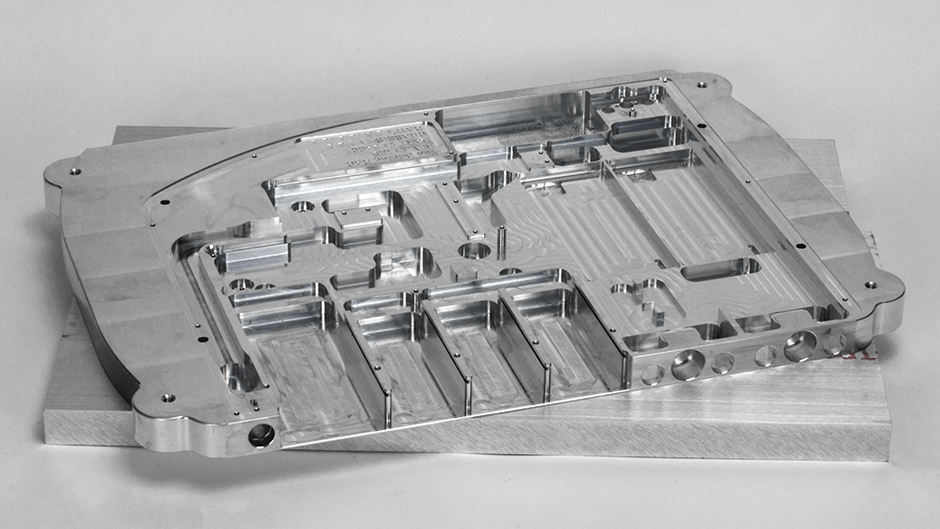
Anodized Finishes
Available in matte silver and matte black.


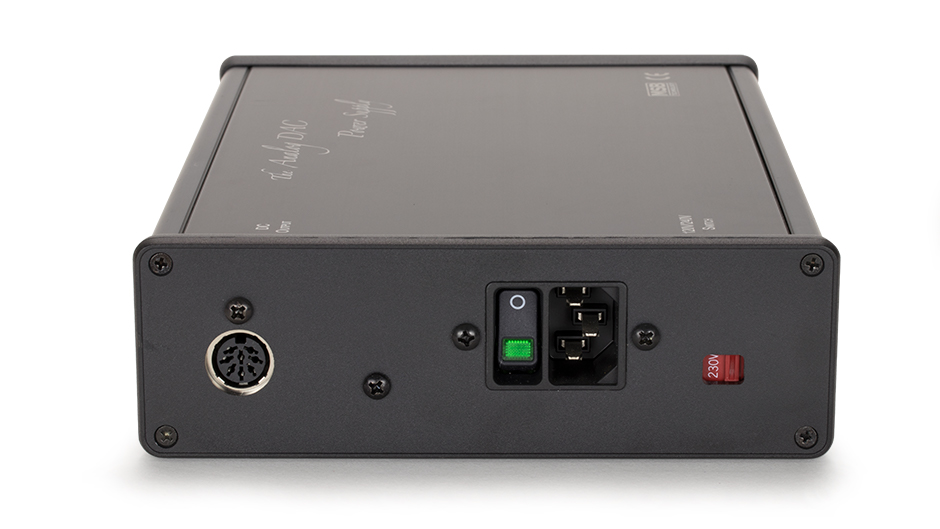
The desktop supply
The Analog DAC requires an outboard power supply. Available with two power supply options, it’s housed in a sturdy aluminum enclosure equipped with a fully linear supply and two independent transformers; one for digital processing, the other for the critical analog circuits.
A powerful upgrade
A no-compromise power base is a dynamic upgrade for your Analog DAC. This thin but solid base contains five independent transformers for maximum isolation of digital processing, clocks, and analog DAC modules. Machined out of a solid aluminum plate to acutely match your Analog DAC, as well as provide effective shielding and vibration control. A soft power switch, 12V trigger, and mains voltage switch allows seamless integration into any system.

How does this DAC compare with the DAC V?
The answer is not a simple one—they were both designed with a different goal.
Fantastic digital conversion requires precision and finesse.When a DAC converts digital into analog, two independent parameters must be converted, amplitude and time.The DAC precision determines the accuracy of voltage created while the clock determines the precision of the placement of that sample.The graph below shows that shifting the reproduced audio signal in time or amplitude creates errors that affect the sound based on the nature of the signal.The perceived change is defined by the nature of the music and the type of error introduced.
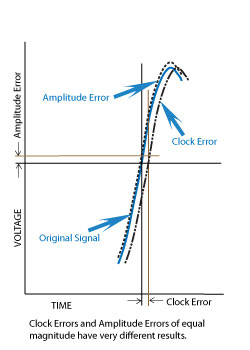
Our years of experience taught us amplitude (DAC) precision contributes to the realism of the instruments and voices while low clock jitter decreases ‘digital harshness’ and increases focus. Jitter simply takes the pleasure out of the music and creates listener fatigue.
The Ladder DAC technology used by MSB gives our designers the opportunity to adjust both parameters independently. The DAC V family provides two levels of DAC precision, both of which exceed the Analog DAC precision. The Analog DAC provides time performance equivalent to the DAC V, giving the listener a truly fatigue-free analog experience.
You will love the natural sound of the Analog DAC. You will love the complete lack of digital harshness. You will think you are listening to an analog source.
Depending on your budget and listening priorities, you will find a perfect match with the Analog DAC or DAC V series. In the end, value depends on your lifestyle and priorities. So if the DAC V is out of your budget, and you are considering ANY other DAC, give the Analog DAC an audition before deciding.


